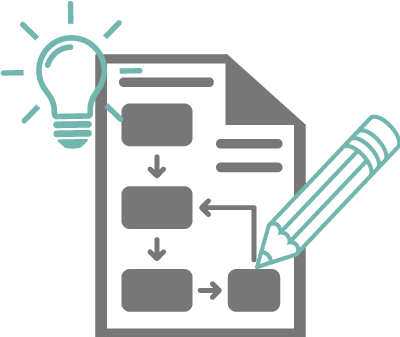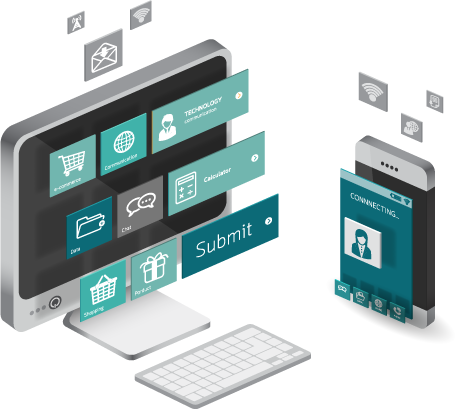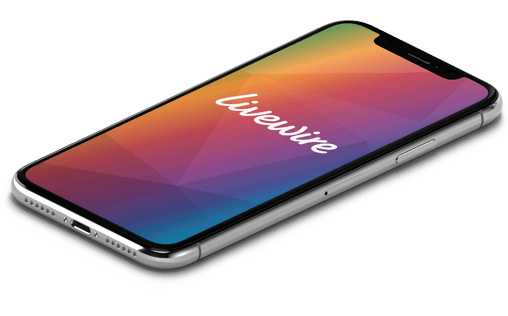
Your website is often the first place your customers will look to find out who you are as a company and what you can offer them. Your web design not only needs to reflect your brand but needs to be informative, useful, engaging, persuasive as well as user-friendly.
Visitors coming to your site will be looking for what you’re offering, if it isn’t clear, your bounce rates are likely to be high and visitors will look elsewhere. Your web design should clearly demonstrate what you do, taking into consideration the layout, navigation and optimisation so it’s easy for your customers to understand, as well as to find.
Here are our essential tips for a great web design.
1) Have a plan
Whilst it sounds simple, having a plan is key in creating a great website. There’s so much to take into account when it comes to your web design from images, copy, branding, fonts etc. that it’s so important to have all this laid out before you get started on your web design brief.
It’s also worth planning the hierarchy of your site – how you want headings to appear, what pages you want in your top navigation and the functionality of your website. All of this needs to be planned with the user experience in mind. Researching the current buyer journey, and what turned your visitors into conversations can really help you to map out the layout of your new website.

2) Keep it simple
Quite often, clunky, large images or unnecessary features can not only slow down your site speed but can also detract from your main proposition.
Keep images optimised and make sure they’re related to the text they are associated with for consistency. If you maintain focus, you can create a really stunning website that explains clearly to your users what it is you do and how you can help them.
Try to avoid jargon and unnecessary features, so you’re not overcomplicating the page for both your readers and search engines. It can also help speed up your site, if there’s not extra CSS, Javascript or large images that take longer to load.
3) Bear in mind SEO when writing content
You want to create a website that gets found by search engines. That’s why it’s always important to do your research before writing the content for your site. Put in some time to do keyword research, check out your competitors and fully understand your customers and what they are searching for so you get your SEO optimisation right.
You don’t want to overly focus on keywords, as you still want to clearly explain to your customers what it is that you do
Try adding a blog to your site, and it’s always worth connecting up your social media and adding some share buttons in, so when customers engage with your website, they can share it with their peers.
4) Carefully consider your call to actions
Ultimately, you want your customers to buy, right? Carefully considering which call to actions you want to have on your site and where to place them in order to get the most visibility for your consumers, and therefore clicks.
You can use heatmaps online that can demonstrate where your customers are losing interest down the page so you can decide where is the best placement of your call to actions – rather than just at the bottom of your page. Using colour and adding catchy phrases (rather than just ‘read more’) can help to grab attention too.
5) Design your navigation for your customers’ benefit
Having an easy navigation process is really important in keeping your customers on your site and engaged. It should be designed for the ease of use for your customer and highlight your key products and services as well as core information about your business so that they know where to look.
It’s also worth keeping any important content above the fold so that it can easily be seen straight away and not missed. Keep it simple; disorganised or confusing navigation can put people off and they will likely go looking elsewhere.

6) Page structure is important
The way your page is laid out, including any white space to break up the page, should be considered carefully. You want to break up the page, so key information stands out and images and other design elements are relevant to the information they are near.
Equally, you want to stay away from clutter, but avoid spreading information out too much so it makes the page look sparse from any content.
Your headings are important too – it’s advisable that headings don’t just clearly state what the next section is about, but that your H1’s, H2’s, H3’s etc. are spread out amongst the page in a way that makes sense and in legible font styles.
7) Design your site for all devices
In this day and age, if you don’t have a responsive website, you’re massively behind the curve. With so many people using multiple devices, it’s really important your site works for mobiles, tablets, laptops and screens of all sizes.
This doesn’t just include the consideration of layout per device, but also your images, font sizes and features such as buttons. Make sure you invest some time considering this during the web development stage as well as testing each device before you go live.

8) Testing, testing…
Testing your website and design is an integral part of building a new site. A great designer will mock-up what your site looks like, before building. So, it’s really important to follow the above steps, so your developer can build the site just as you want it to look, whilst always bearing in mind the technical side.
Finally, one the site is built onto a development site, it’s worth testing every page, form, link etc. that is on there to make sure it works for you. Get other people on your team to test too, as there may be things one set of eyes can miss.
Test, test and re-test before your site goes live, as well as when your site is up and running too. Links can get broken, changes might need to be made – tools such as Google Analytics, Search Console can help – as can your web site team.
If you’re looking for a new website, some design help or branding, get in touch today. We build bespoke sites for our clients, designed around their goals, their customers and extensive research. Give us a call on 01794 725 454 or contact us here.



